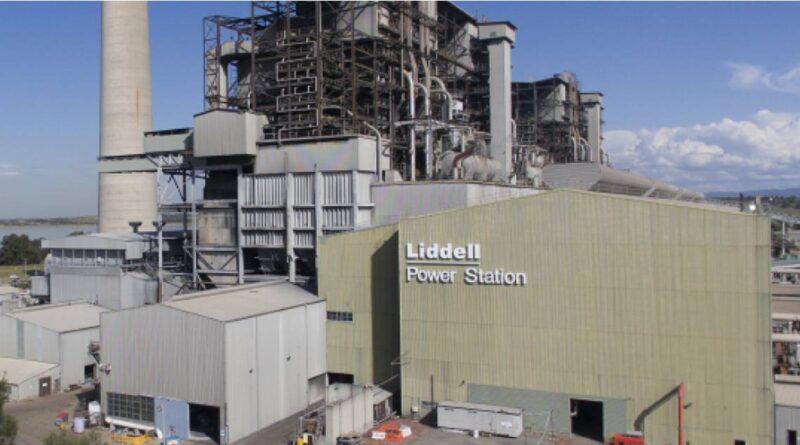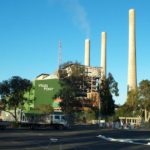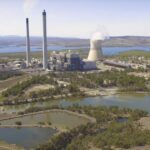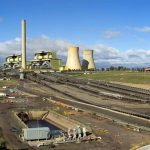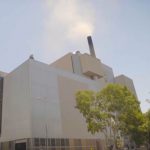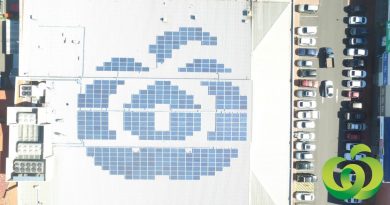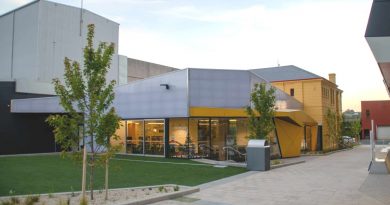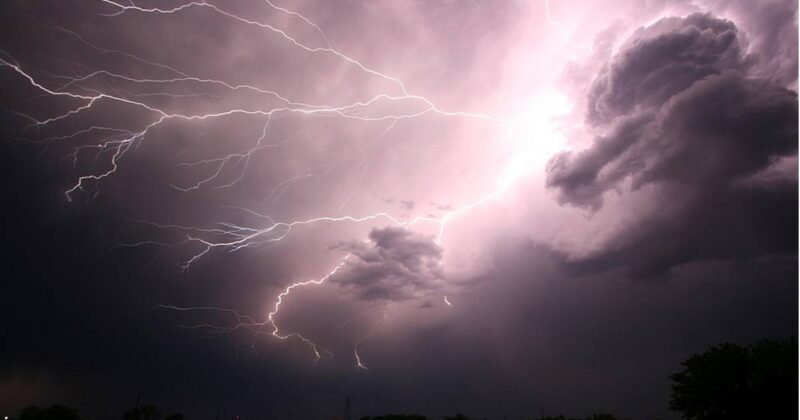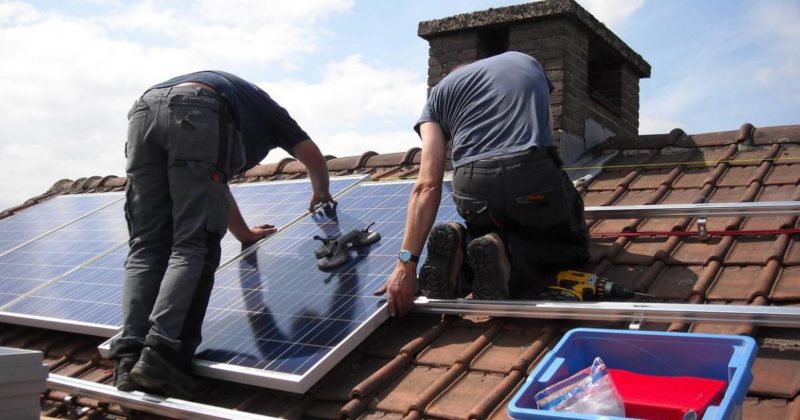Liddell Power Station: The End Is (Really) Nigh
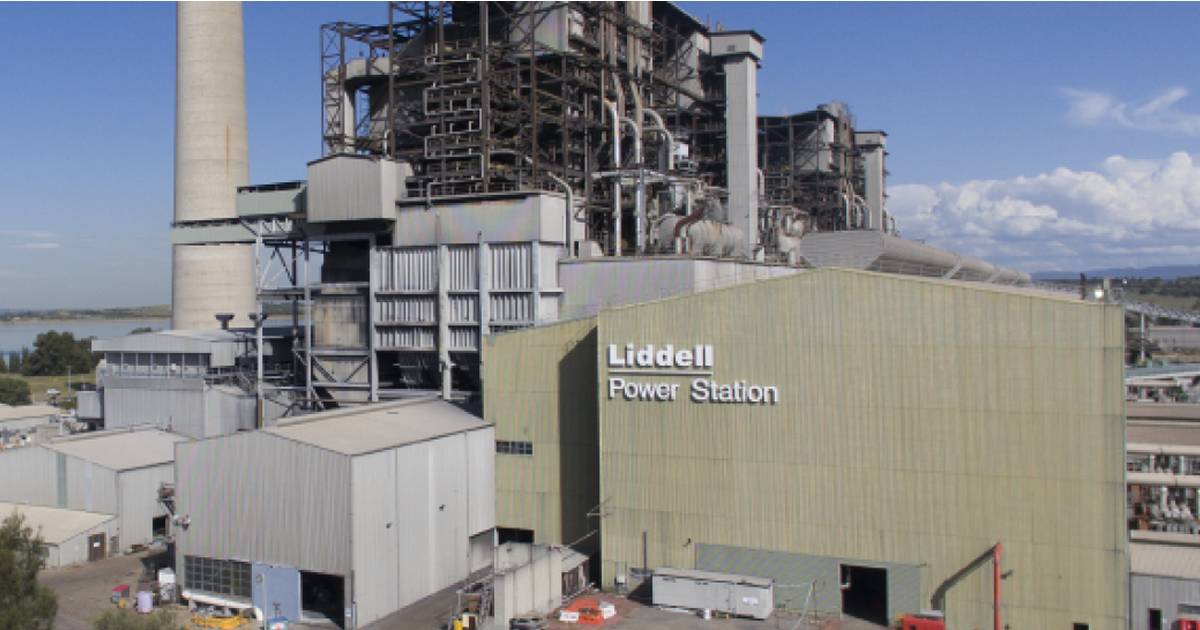
First switched on back in 1971, coal- fired clunker Liddell Power Station will very soon be switched off for good. So, what impact will this have on electricity prices? Will there be blackouts?
Located adjacent to Lake Liddell near Muswellbrook in the Hunter Region of New South Wales, the intention to construct Liddell Power Station was announced in the mid- 1960s as a response to growing electricity demand in the state.
Construction began in 1969 and was completed in 1973, but the first generator started cranking in 1971. Fully completed, Liddell Power Station was comprised of four 500-megawatt (MW) units, totaling 2,000 MW of nameplate generation capacity. That was later reduced to an operational capacity of 1680 MW as pushing the old turbines any harder would have likely ended badly.
After nearly 50 years of spewing harmful emissions and creating monster quantities of toxic coal ash, Liddell owner AGL formally notified the Australia Energy Market Operator (AEMO) in 2019 that the first generation unit was to close in April 2022. Following an independent engineering assessment, AGL determined the remaining three units will close in April 2023.
A staggered approach will be used for unit shutdowns:
- Unit 1 – April 29, 2023
- Unit 2 – April 25, 2023
- Unit 3 – shut down last year
- Unit 4 – April 19, 2023
By switching Liddell off, AGL says this will reduce its annual greenhouse gas emissions by at least 17% by FY24. It’s been claimed that in 2019/20 AGL was responsible for 42 million tonnes of greenhouse gas emissions – more than 8 per cent of Australia’s total emissions and allegedly making it Australia’s “biggest climate polluter“.
The company has been keen to paint itself in a more positive light, recently launching its Join The Change campaign that seeks to strut its renewables street cred and convince Australians:
“The world is changing – and so is AGL”.
What Will Happen At The Liddell Site?
Being such a large and filthy facility, it will be a huge task to safely decommission, demolish and rehabilitate the site – a task that is expected to take several years. No doubt there will be some very cool demolition videos in the time ahead.
AGL’s vision for the site is a low-carbon integrated industrial energy hub.
“We’ve already received planning approval for a 500 megawatt/2GWh grid-scale battery, and we’re investigating the development of green hydrogen,” states the company. “This is just the beginning. We’re also exploring other clean energy projects to support the site transition including wind developments, pumped hydro, solar generation, and green manufacturing.”
Will New South Wales Have Enough Power?
NSW is still heavily dependent on coal power. At around 5PM yesterday, black coal met around 58% of the state’s electricity consumption and was responsible for 63% of electricity generation.
But New South Wales is not an island, both in terms of its geography and electricity supply. It is part of the National Electricity Market and can import electricity from other states; Victoria and Queensland. Pretty soon it will also have interconnection with green energy powerhouse South Australia.
Energy security for New South Wales (and elsewhere in the NEM) looks fairly secure for the next year or two. But to avoid potential issues beyond that, everyone involved really need to get cracking on a bit of gas, a bunch of renewables, storage, supporting infrastructure and smarter energy management. And there’s nothing like a potential shortfall to get fingers quickly pulled out. Thankfully, there are a bunch of big projects in the pipeline and at various stages of development.
Will Liddell’s Closure Affect Electricity Prices?
In the short term, probably. By exactly how much isn’t clear. NSW households and small businesses have already had bad news recently on upcoming electricity price increases. So, will Liddell’s closure add even more hip pocket pain at the power point immediately post-shutdown?
According to NSW’s freshly-minted Minister for Climate Change, Energy and the Environment, Penny Sharpe – no; not in the short term anyway.
“In terms of the increases that have been coming, Liddell has been factored into that”.
Still, what’s already in store for power prices in the next few months is bad enough. While it’s always a great time to install a solar power system, given what’s coming and some uncertainty about the road ahead it’s now even more so.
Original Source: https://www.solarquotes.com.au/blog/liddell-closure-april-mb2893/

